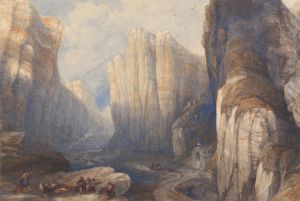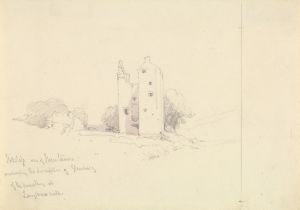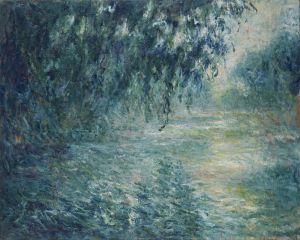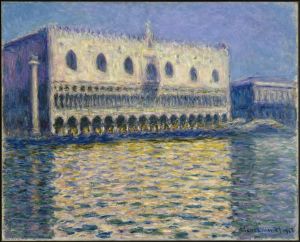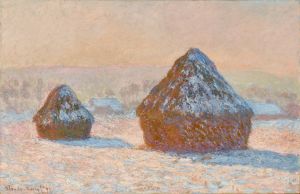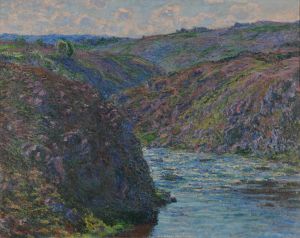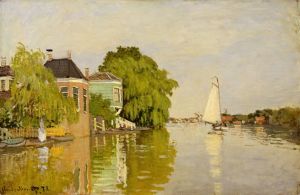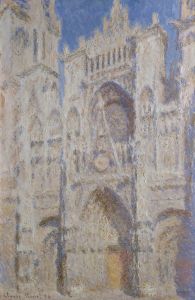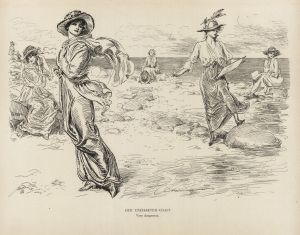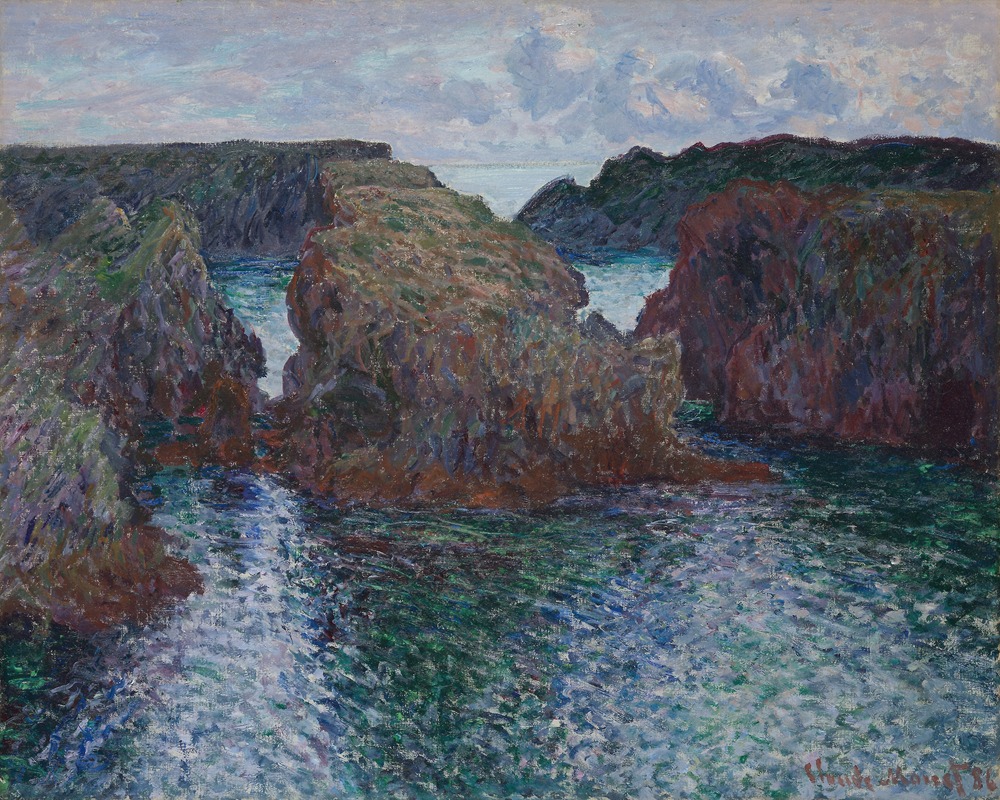
Rocks at Port-Goulphar, Belle-Île
A hand-painted replica of Claude Monet’s masterpiece Rocks at Port-Goulphar, Belle-Île, meticulously crafted by professional artists to capture the true essence of the original. Each piece is created with museum-quality canvas and rare mineral pigments, carefully painted by experienced artists with delicate brushstrokes and rich, layered colors to perfectly recreate the texture of the original artwork. Unlike machine-printed reproductions, this hand-painted version brings the painting to life, infused with the artist’s emotions and skill in every stroke. Whether for personal collection or home decoration, it instantly elevates the artistic atmosphere of any space.
Rocks at Port-Goulphar, Belle-Île is a painting by the French Impressionist artist Claude Monet, created in 1886. This work is part of a series of paintings Monet produced during his stay on Belle-Île, a small island off the coast of Brittany in northwestern France. The painting exemplifies Monet's fascination with capturing the effects of light, atmosphere, and the natural environment, particularly the rugged coastal landscapes of the island.
Monet visited Belle-Île in the autumn of 1886, staying for about two months. During this time, he was captivated by the island's dramatic scenery, especially the rocky cliffs and turbulent seas. The area around Port-Goulphar, located on the southern coast of Belle-Île, became a focal point for his artistic exploration. The jagged rocks and crashing waves provided a dynamic and challenging subject, allowing Monet to experiment with his Impressionist techniques in depicting the interplay of light, color, and texture.
In Rocks at Port-Goulphar, Belle-Île, Monet employs bold brushstrokes and a vivid palette to convey the raw power and beauty of the natural landscape. The painting captures the ruggedness of the rocks, the movement of the water, and the changing light conditions, which were central to Monet's artistic vision. The composition emphasizes the dramatic contrast between the solid, immovable rocks and the fluid, ever-changing sea, reflecting Monet's ability to depict the ephemeral qualities of nature.
Monet's time on Belle-Île was marked by his determination to work outdoors, directly observing and painting the landscape in varying weather conditions. This approach was consistent with the principles of Impressionism, which sought to capture the fleeting effects of light and atmosphere. The series of paintings Monet created on Belle-Île, including Rocks at Port-Goulphar, is considered a significant contribution to his body of work, showcasing his ability to adapt his techniques to different environments and subjects.
Today, Rocks at Port-Goulphar, Belle-Île is recognized as an important example of Monet's exploration of coastal landscapes. The painting is held in the collection of the Art Institute of Chicago, where it continues to be appreciated for its dynamic composition and masterful depiction of nature's forces. Monet's Belle-Île series remains a testament to his dedication to capturing the essence of the natural world through his innovative Impressionist style.






